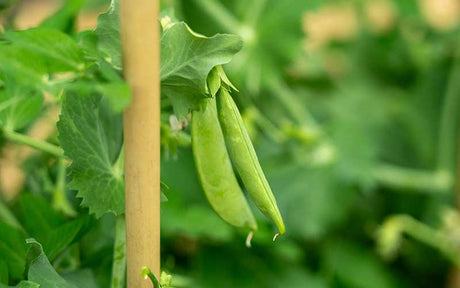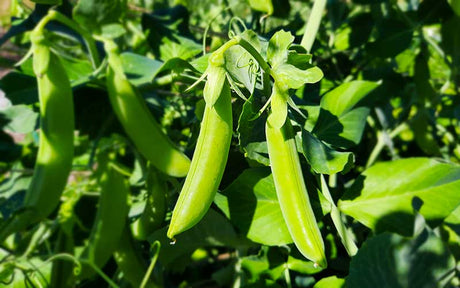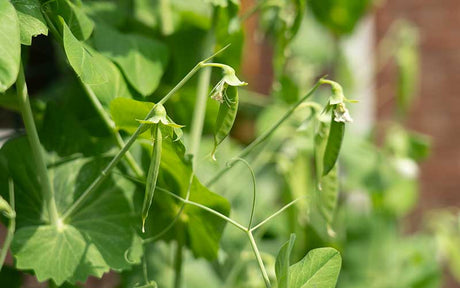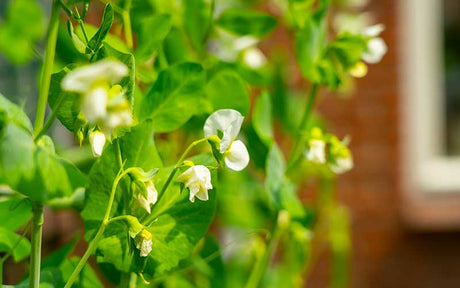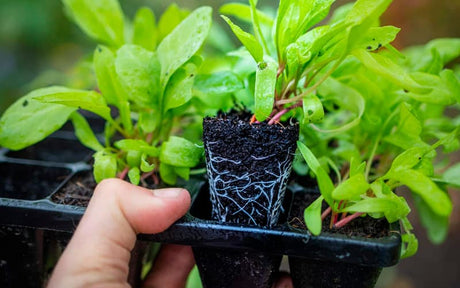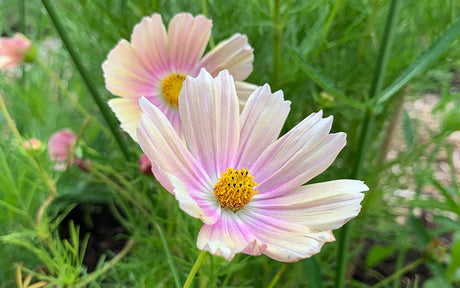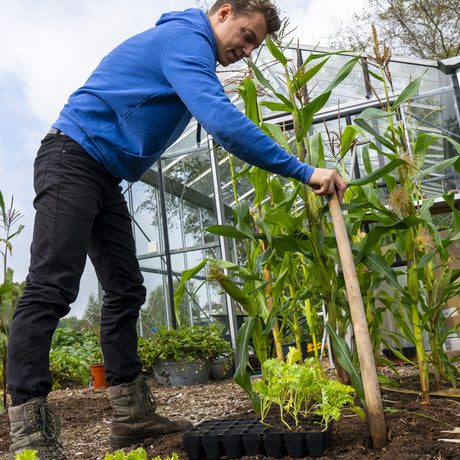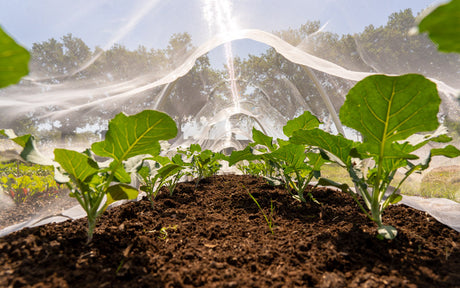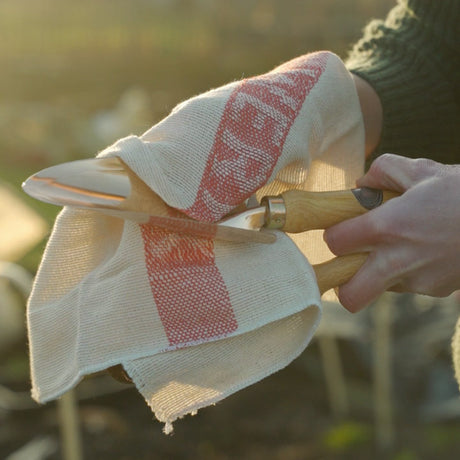Climbing and runner beans are not only productive but also visually appealing, adding vertical interest to any garden. These beans grow upwards, making them ideal for small spaces or where ground space is limited. Dive into the world of climbing and runner beans with our expert tips, and enjoy a season full of lush growth and bountiful harvests.
- 3,95Unit price /Unavailable
- 3,25Unit price /Unavailable
Maximize Your Garden Space with Climbing and Runner Beans
Optimal Growing Conditions for Climbing and Runner Beans
Climbing and runner beans thrive in warm, well-drained soil with plenty of sunlight. They prefer a slightly acidic to neutral soil pH, but are adaptable and will generally perform well in most garden soils provided they are not waterlogged.
Planting and Support
Plant seeds directly into the ground when the risk of frost has passed and the soil has warmed, usually in late spring. Sow seeds about 1 cm deep and 15 cm apart. Since these beans will climb, provide sturdy support at planting time. Use trellises, poles, or a teepee structure to encourage upward growth. This not only saves space but also helps keep the beans clean and makes them easier to pick.
Watering and Feeding
Water regularly, especially as the plants start to flower and produce beans. Climbing and runner beans need plenty of moisture to ensure a good crop but be careful not to overwater. Supplement with a balanced fertilizer after the plants begin to bloom to boost pod production.
Harvesting Your Beans
Beans are ready to harvest when the pods are firm and have reached a good size but before they become tough and stringy. Regular picking encourages further production. Depending on the variety, you can start harvesting as soon as 8 to 10 weeks after planting.
Common Pests and Diseases
Watch for pests like aphids and spider mites. Diseases such as bean rust and powdery mildew can also affect plants, especially in humid conditions. Ensure good air circulation by not overcrowding plants and by managing weeds. If necessary, treat plants with appropriate fungicides or insecticides, preferably organic or natural solutions.
Maximizing Yields
To maximize your harvest, ensure your climbing and runner beans have adequate support and nutrients. Consider companion planting with crops that do not compete for space, such as radishes or carrots. This can also help deter pests and make efficient use of your gardening area.


